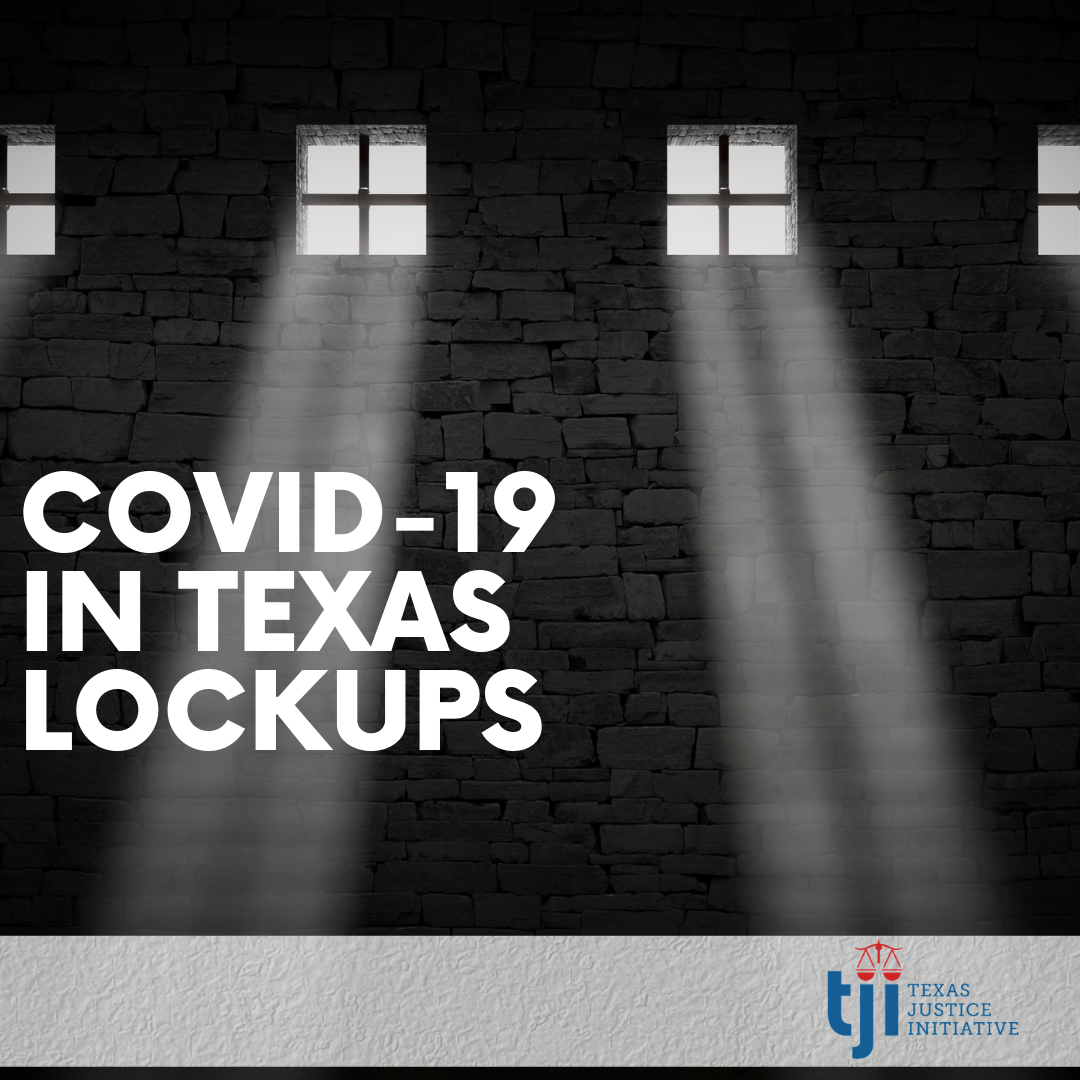Topic: covid
Posts related to COVID-19
COVID-19 drives spike in deaths in Texas prisons and jails in 2020
December 22, 2021According to custodial death data, 2020 was the deadliest year on record for people who were incarcerated in
Texas prisons and jails (see graph above). At least 830 individuals died in Texas prisons and jails, an increase of
46% over the previous year (2019), based on reports filed with the Texas Office of the Attorney Ge... Read moreCOVID-19 data scant during Delta variant wave
October 4, 2021For months, Texas has been battling the highly contagious Delta strain of the
coronavirus. After a surge in the beginning of 2021, deaths due to COVID-19 were
somewhat low in the spring – but then they started to climb. And despit... Read more
At the Crossroads of Risk Factors
April 1, 2021In June of 2020, the executive director of the Texas Justice Initiative, Eva Ruth
Moravec, started noticing a disturbing trend in the custodial death data - an alarming
number of Texas Department of Criminal Justice's announcements ab... Read more
